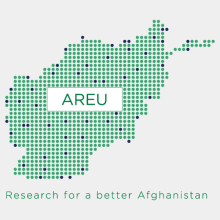Resource information
In the past decade, land and control of resources have been a significant aspect of government and donor concerns in Afghanistan. In the light of social transformations, increased demographic pressure, displacement, and economic evolutions, land is more than ever at the heart of economic and social considerations. At the same time, the legal framework for land governance remains incoherent in many respects and ill-suited to the Afghan reality, while administrative structures with responsibility over land lack clarity in the repartition of their responsibilities and their capacity to carry out their mandate.
The Land Governance Assessment Framework (LGAF), developed by the World Bank in partnership with the Food and Agriculture Organisation, International Fund for Agricultural Development, International Food Policy Research Institute, United Nations Human Settlements Programme (UN Habitat), the African Union, and numerous bilateral partners, is a diagnostic tool to assess the status of land governance at a country level using a participatory process that systematically draws on existing evidence and local expertise as opposed to the knowledge of outsiders. LGAF focuses on nine key general areas relating to a country’s good land governance. These areas have traditionally been dealt with separately from each other. LGAF thus aims to bring them into a single framework. For these nine areas, a series of land governance indicators, each divided into several dimensions, has been selected based on international experience. For each dimension, pre-coded statements are scored (from A = best practice to D = weak practice), again based on international experience (please see the Consolidated Scorecard in Section 3of the full report as well as at the beginning of each subsection in Section 6). It is also important to note that due to a number of specificities particular to the Afghan context, some of the indicators and terminology had to be adapted in order to capture the realities of land governance in the country. These mainly include the key areas dealing with public land and its allocation to private interests (see the detailed modifications in Appendix I).


